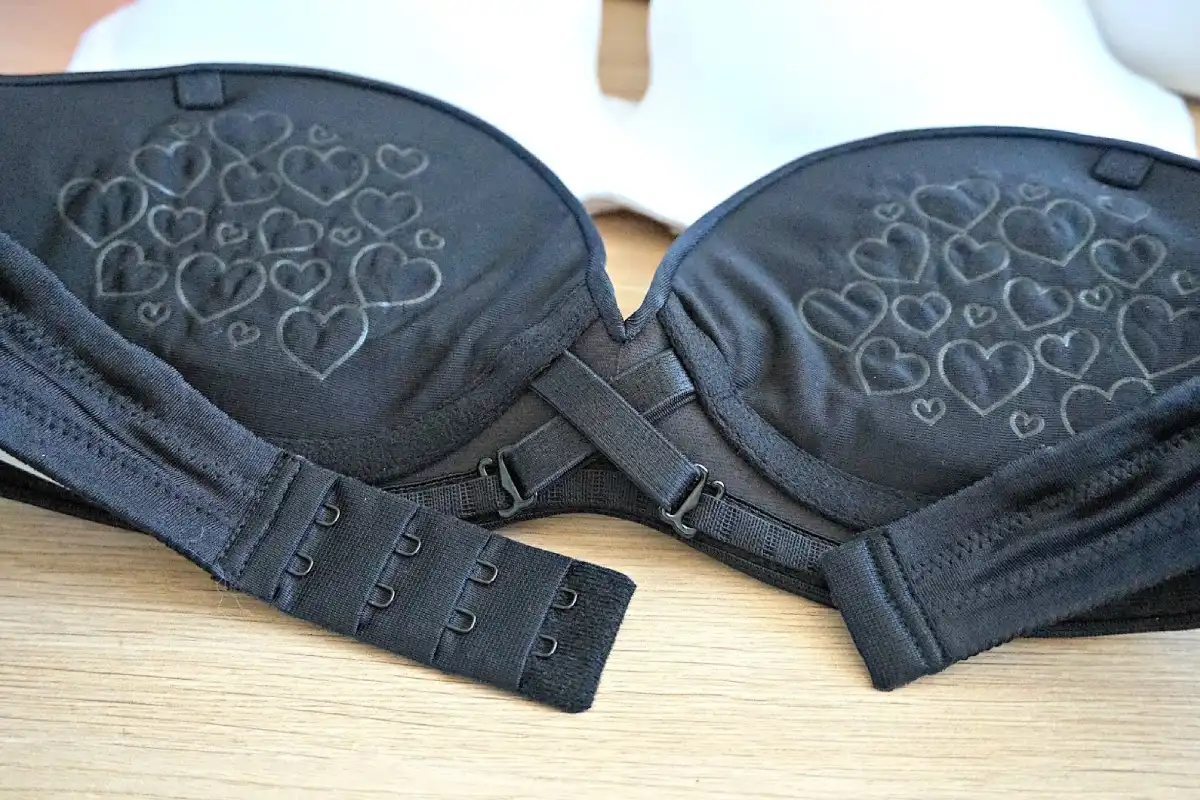The secret of the bra
Table of Contents
Old findings are still little spoken about in our society
Not everything is like a game in life. We are not on a https://ivibet.com/ platform. Health issues are pretty serious and must be discussed in our society. It can affect thousands of millions of people.
Breast cancer is a major global health issue. It affects millions of women every year. There are many risk factors for breast cancer. These include genetics, lifestyle, and the environment. Some people wonder if wearing bras can increase the risk of breast cancer. This article explores the science behind bras and breast cancer. It aims to clear up myths and share facts.
Historical Context and Popular Beliefs
The debate around bras and breast cancer gained momentum in the 1990s, particularly after the publication of the book “Dressed to Kill” by Sydney Ross Singer and Soma Grismaijer. The authors claimed that wearing tight-fitting bras could restrict lymph flow, leading to the accumulation of toxins and subsequently increasing the risk of breast cancer. This hypothesis sparked widespread concern and led to further investigations, but it’s crucial to examine the evidence critically.
Scientific Evidence
Many studies have looked into bras and breast cancer over the years. A big study in 2014 tried to find a link. It looked at many women, both with and without breast cancer. The study checked if bra use affected cancer risk. The results were clear. There was no big risk difference between women who wore bras and those who didn’t. This was true no matter the bra type, how long they wore it each day, or if the bras had underwires.
Further supporting these results, the American Cancer Society and other leading cancer research organizations have consistently stated that there is no credible scientific evidence to suggest that wearing bras of any type or tightness is linked to an increased risk of breast cancer. The consensus among experts is that the primary risk factors for breast cancer are largely genetic, hormonal, and related to lifestyle choices such as diet, physical activity, and alcohol consumption.
Understanding Risk Factors
It’s important to distinguish between myths and scientifically established risk factors for breast cancer. Genetic predispositions (such as mutations in the BRCA1 and BRCA2 genes), age, a history of breast conditions, hormone therapy postmenopausal, and lifestyle factors like alcohol use and obesity are all recognized risk factors. The misconception about bras and breast cancer distracts from the importance of focusing on these well-documented risks and can lead to undue anxiety and misinformed health decisions.
Recommendations for Women
Given the lack of evidence linking bra use to breast cancer, women should feel comfortable making personal choices about their bra use based on comfort and preference rather than fear of cancer. However, all women need to be proactive about their breast health. This include regular self-examinations, scheduling mammograms as recommended by healthcare providers, and discussing any family history of breast cancer with a doctor to assess individual risk and consider appropriate screenings.
No proof, but still a care to taken
The link between bra use and breast cancer has been well-studied. Scientists agree there’s no evidence of a connection. This myth highlights the need for solid research and facts in health decisions. Women should focus on known risk factors and regular screenings. This helps manage breast health and lower cancer risk. Debunking myths, like the bra and cancer story, is key. It helps educate people and focus on effective prevention and treatment.

